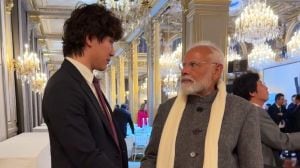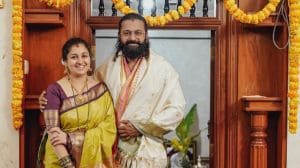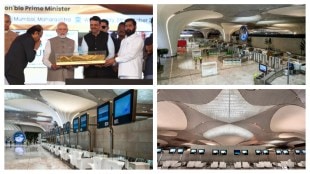India as a country has numerous villages in every part of the country. So many people reside in these rural areas. They have limited facilities and resources. The limitation is due to their financial income which is majorly dependent on agriculture. Startup Vanvasi Project India from Kanpur, Uttar Pradesh was working in a few of the villages from the perspective of developing a line of ultra-luxury home textile products. The founder was an architect with elaborate credentials in management science. Other founders had backgrounds in psychology and were involved in motivating and training village women in specified skills.
While trying to create fresh and energetic human resources from the bottom of the pyramid, they failed and tried. Starting from village Khurrampur which is very close to the fragrance magnet of Kannauj, the hard-working team of Vanvasi Project India which were merely the founders themselves, and some friends in the village ground trying to convince women for skill development. They failed after a few days as the religious minorities refused after skilling to improvise and better their crafts due to sociological pressures from their groups. In fact, they suddenly left the elaborate wall statement pieces in the middle which were earlier picked up with excitement and zest by them.
After returning to the city and formulating new ways to motivate uneducated rural women who had their own minds and thought processes, the team started greeting and meeting new sets of younger and older women together around their homes in different villages. This time, it was village Dharamshala where three young unmarried women volunteered to learn new skills and ways of making and designing a rare product of art. The older ones watched carefully. They neither said yes or no. The team was paying for training for their attraction and concentration. The younger candidates picked up the skill taught by the founders themselves within three weeks. This sign showed hope in the crafting of impulse products.
Gradually, the villages of Aroul saw the women getting better at their craft through communication with their relatives. This led to the starting of in-house meetings that led to small groups which volunteered to learn and take smaller batch assignments. Team Vanvasi spent six to seven months fine-tuning the communication between the quality expected by the founders and what village women were delivering manually. It was the toughest phase where any difficulty or reworking on a product indicated a good reason for the village woman to get back to her normal routine. The development of teams started with internal competition inside as well as outside the villages. Vanvasi Project India learned with time about the intricacies of human resource management in rural areas. Vanvasi’s business model was rooted in taking all the raw materials like Khadi textiles and high-quality silk threads to village homes itself. Rural Women were supposed to work without stepping out of their homes. After the next five months, team Vanvasi realised the power was inside the relationships and friendliness of the village women with each other.
Rishabh Sachan, co-founder, says, it was not very obvious. We did not assume this. He says, “I realised something called the concept of autopoiesis. It was taught to me by Saral Mukherjee at IIMA. I didn’t absorb the practical side of it in the class apart from observing its strange spelling! It’s connected to systems having souls. I could feel it but still couldn’t see it in front of my eyes, it was worrisome.”
In Hardoi, different villages work on the same concepts developing a system. Badhaiya Kheda and others are developing teams where synergy can be attained. The conception of One Village One Team took its genesis from understanding the minute energies that drift the winds in the right direction. Productive output is helpful but it should be sustainable. Synergy is not automatic; it has to be attained.
The happiness, motivation to outperform other women in the village, play with coloured threads, and creative freedom inside a group of some women start developing an emotional bond which with time translates into “synergy”.
This synergy is absent in self-help groups which are just present on paper or in other words are just a mere collection of parts. This member or part of SHG don’t have a sustaining bond or something that binds them toward a common goal. While a friendly team of like-minded candidates is much more useful to develop together and earn together.
If every village in India has a living team who is consistent and trusted with an autopoietic nature, the transformation will happen sooner than realised. Vanvasi Project India has developed teams across the villages they are working on defining a new term – One Village One Team ( 1 village 1 team – OVOT ) in the form of an exclusive trademark for the special process designed and succeeded by the Vanvasi team with different experimentation at the ground level in Indian villages.









